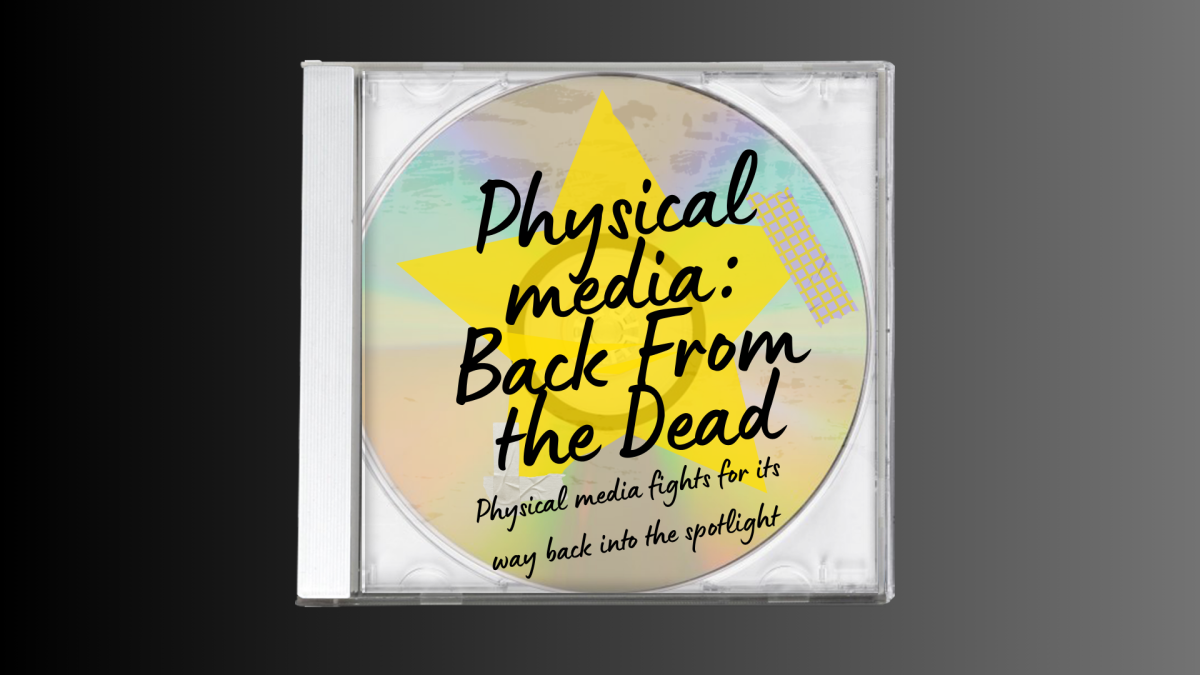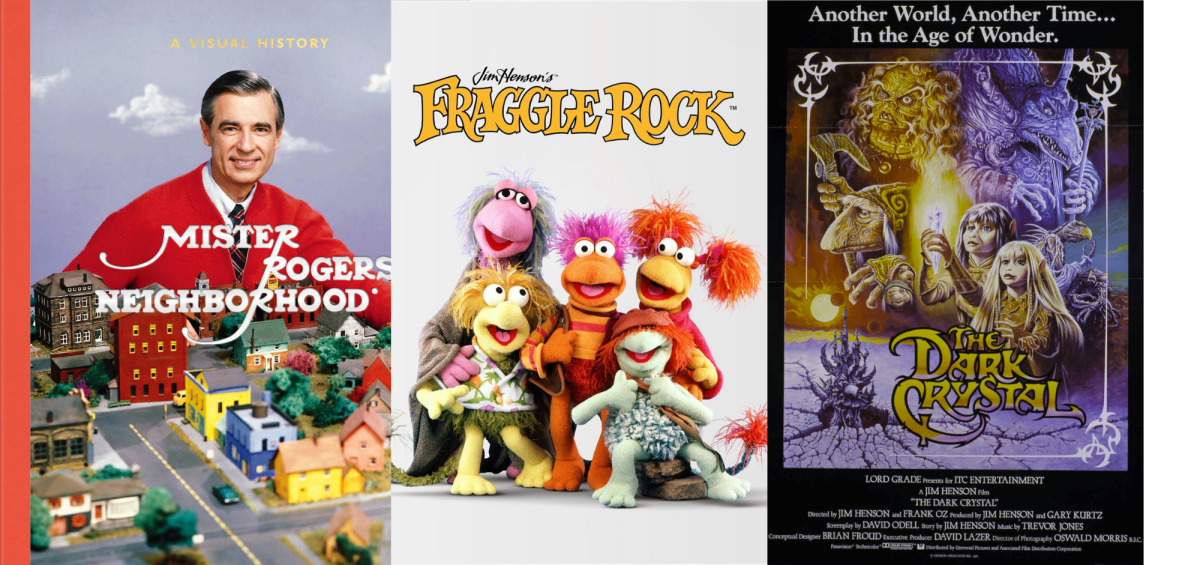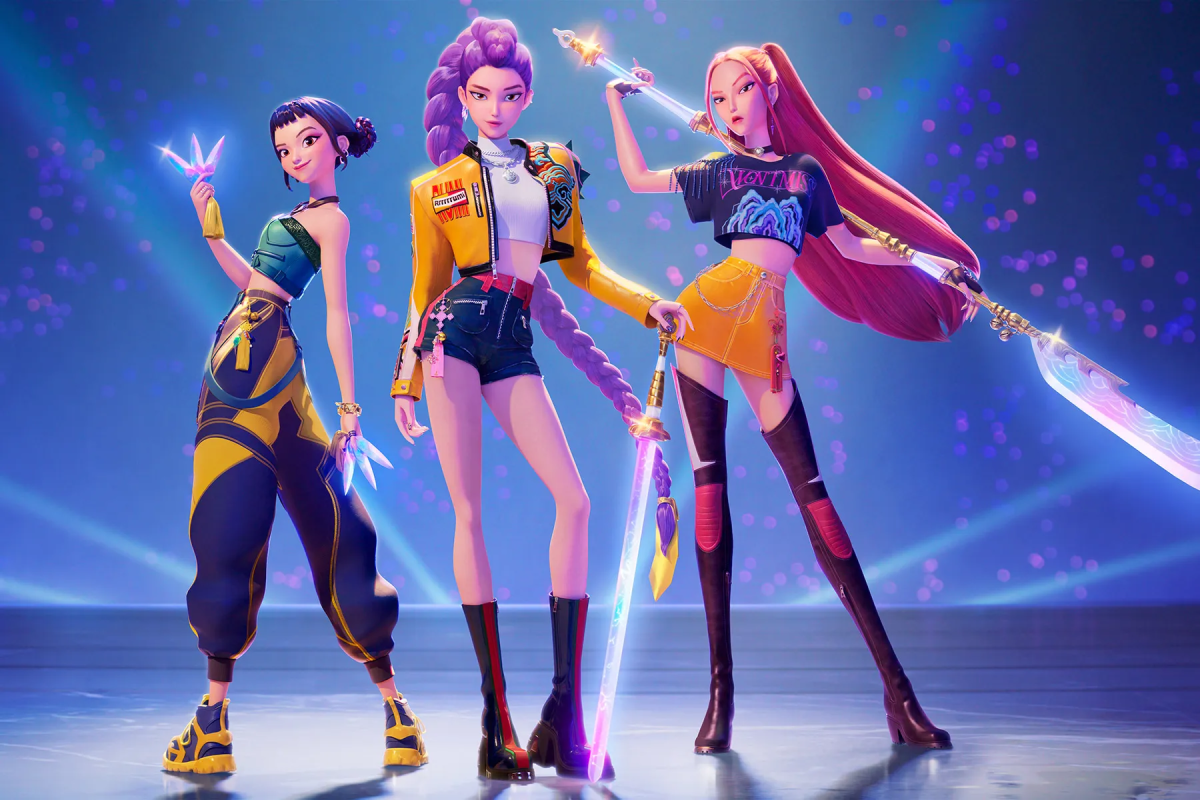To the chagrin of many fantasy enthusiasts, I’ve never before read a Brandon Sanderson novel. Sanderson is a prolific writer with more than thirty full-length novels and countless other short stories and novellas. In terms of literary fame, Sanderson is probably best known for his “Mistborn” series. In terms of pop-culture impact, you may also have heard of him for his record-setting Kickstarter.
Kickstarter is a crowdfunding platform that allows creatives to sell their art directly to customers rather than representative agencies. Despite utilizing traditional publishers for a large portion of his books, Sanderson announced in 2022 that he had four ‘secret’ books being published through a Kickstarter campaign. His original ask to see the completion of this project was $1 million; he received $41 million.
One of these crowdfunded books is “Yumi and the Nightmare Painter,” a genre-blurring mix of science fiction, fantasy, and romance.

Set in a technologically advanced world (or worlds really) “Yumi and the Nightmare Painter” is about Yumi, a sacred spirit diviner, and Painter, a public servant, who through a strange turn of events find themselves in each other’s worlds and their souls in each other’s bodies. As they attempt to retain normalcy and return to their own lives, Yumi and Painter are forced to confront the shifting circumstances of their lives, their pasts, and their futures.
“Yumi and the Nightmare Painter” artistically benefits from being crowdfunded. It is a gorgeously designed novel, complete with color illustrations by Aliya Chen, colored text, and colored page numbers.
This is not purely aesthetic. The core colors — bright fuschia and cyan — are representative of an energy source used in the novel. Further, they symbolize the character differences of Yumi and Painter. Overall, the effect is immersive and offers the audience another way to engage with the text.
Sanderson is sure to build connections between the audience and the world of the story, including seemingly mundane details that not only ground the narrative, but act as an access point for the reader. The reader may not be able to navigate the streets of Painter’s city, but they recognize noodle shops and the communal nature of eating. The reader may not fully understand Yumi’s social obligation, but they understand the power of religion and folk stories.
By fleshing out these smaller aspects, Sanderson creates audience buy-in, which makes the least ‘realistic’ elements of the story compelling. This paralleling helps ground the strangest points of “Yumi and the Nightmare Painter,” showing the audience how universal some experiences are.
Perhaps more impactful, by centering most of the main conflict on turmoil (internal and external), Sanderson has made his teenage characters relatable. All teenagers experience upheaval in some dimension, and even if the audience isn’t experiencing this on the same level as Yumi and Painter, they recognize it enough to relate and feel something towards it — or feel seen by it.
It’s an enjoyable read, and one that perfectly balances all the elements of its story. If you like the fantastic or otherworldly, this is the book for you. If you’re looking to explore other worlds, this is worth a read. If you’re looking for a character-driven story exploring the depths of its main cast, this is more than worth your while.
9/10 would fixate on the colors again
Further breakdown:
Writing Quality: 9/10 Enjoyability: 10/10
Pace: 9/10 Visual elements: 10/10
Plot development: 9/10 Insightfulness: 8/10
Characters: 10/10







